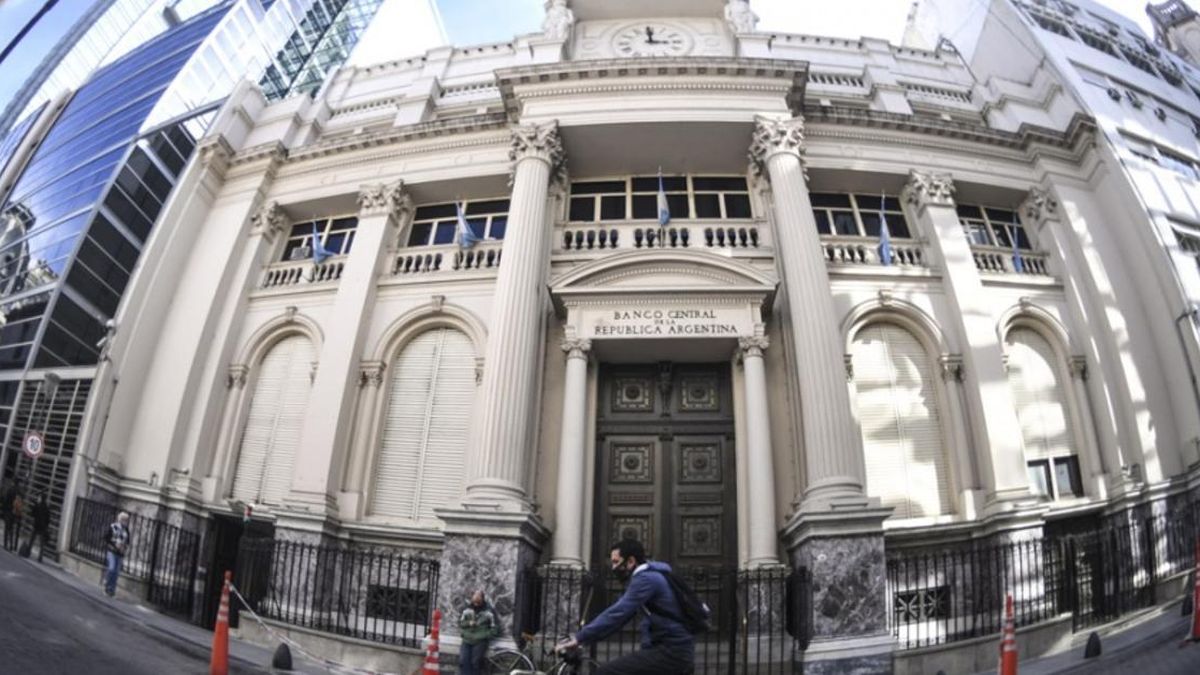In the first 10 days of October, about US$892 came out of bank deposits millionwhich reflected the withdrawal of part of the laundering funds that came in last month, according to data from the Central Bank.
As of September 30, there were deposits for US$31,388 millionwhile on October 10 they remained in the accounts of private individuals US$30,496 million. What is notable is that, for the first time, income of dollars would have been recorded after the first stage of the externalization process was extended.
between Wednesday 9 and Thursday the 10th of this month deposits grew from US$30,424 million to US$30,496 million, which marked an increase of US$72 million.
The first thing to keep in mind is that all analysts consider that Most of the money that was going to be declared came in during the first stage that closed on September 30.since the extension was announced a few days before the first deadline expired.
Nevertheless, It is not ruled out that some more funds may be declared in the 10 business days remaining until the definitive closing of the first stage, this October 31.
Money laundering: the conditions of the extension
The first stage of laundering closed on the last business day of last month and therefore people and companies were in a position to withdraw funds from the Special Asset Regularization Accounts (CERA) without being affected by the 5% Special Tax.
In October you can continue declaring, but those who have already withdrawn dollars will not be able to launder new funds, as regulated by the Federal Public Revenue Administration (AFIP) to avoid a double declaration with the same money that justifies past consumption.
US$200,000 million were left out
The vice president of Central Bank, Vladimir Werning, estimated that despite the success of laundering there are still liquid assets out of the system for about US$200,000 million. The official expressed these concepts at the closing of the Monetary and Banking Conference that took place at the Libertad Palace.
As he indicated, ““There are more than US$13,000 million that entered the banks from Argentines”while he considered that “we have to see how many of them stay” in the financial system. For example, Werning highlighted that “today we have more dollar deposits in banks than the total international reserves.”
Beyond itthe vice president of the BCRA maintained that outside of the laundering, there were assets of Argentines worth about US$400,000 million, of which, he pointed out that there are liquid assets for about US$200,000 million.
Source: Ambito
I am an author and journalist who has worked in the entertainment industry for over a decade. I currently work as a news editor at a major news website, and my focus is on covering the latest trends in entertainment. I also write occasional pieces for other outlets, and have authored two books about the entertainment industry.




